
If I’m spending an hour in the gym, you better believe that I’m trying to get the most out of my time there. And that usually means: a full-body burn that pushes your muscles (and your sweat glands) to the max. But ask any trainer worth their barbells and they’ll tell you that low-intensity cardio is a integral part of any workout regimen.
While walking on the treadmill for 45 minutes or pedaling away on a recumbent bike may not feel like the most exciting (or admittedly, most efficient) ways to exercise, they’re still critically important for rounding out your routine. (And a part of this year’s trend toward cortisol-conscious workouts.) “It’s just as important to have steady-pace runs and low-impact workouts as it is to have those higher-threshold workouts. And being able to balance the two not only makes you more versatile, but it really kind of lays the foundation,” says Aaptiv trainer Megan Takacs. “It’s almost like you don’t want to go into a sprint workout without having an endurance pace, and that low-intensity training is really the foundation for any other workout you might do.”
“Low-intensity stuff breaks up the training at a certain threshold that brings your body back down to a normal level of operation, so that when you go to do the high-intensity you’re not burned out.” —Trainer Megan Takacs
She suggests introducing slower-paced, lower-impact cardio sessions into your routine twice (maybe even three times) a week in order to change things up for your body and ultimately make your harder-core workouts more effective. “Low-intensity stuff breaks up the training at a certain threshold that brings your body back down to a normal level of operation, so that when you go to do the high-intensity you’re not burned out,” says Takacs.
To help your body get the most out of every workout (even the snail-paced ones), she recommends alternating between high- and low-intensity days at the gym. “So let’s say you do a really hard sprint workout with a strength-training session. Instead of doing that again, that next day would be your low-intensity day,” she says. “It’s still just as necessary because it helps you to build that foundation, but it kind of breaks [things] up, too, so your body never really knows what to expect. It keeps your muscle memory on your toes, because if you do the same workout every day at the same level of intensity, you plateau, and you actually lose fitness instead of gaining it.”
Whether you’re a treadmill titan or a spin class queen, the difference between high- and low-intensity days mainly comes down to effort, and keeping your heart rate below a certain threshold. “People have to be super conscious, because when you work out you want to get the most out of it, but it’s important to have those days where you really hold back,” says Takacs. “It makes the athlete more conscious of what they put into things.” So basically, as difficult/frustrating/annoying as it may be, taking a slow day will ultimately help you in the long run.
“Any cardio workout where your heart rate remains moderate and lasts at least 10 minutes would be considered LISS [or low-intensity steady state cardio],” nutritionist and certified personal trainer Gabbi Berkow has said. “A brisk walk that’s at least 10 to 15 minutes, a 30-minute bike ride, using the elliptical at a moderate intensity for 20 minutes, rowing at a steady pace for 15 minutes, a light jog that lasts at least 10 minutes, doing 30 to 40 minutes of light aerobics, or swimming for at least 15 minutes would all be considered LISS cardio.”

While it may be tempting to sprint it out, in this case slow and steady really could help you win the race. “For my running clients and listeners, I recommend doing what I call conversation-pace runs, where it’s kind of just a light jog, and you do it just to develop that aerobic level of fitness,” says Takacs. 
Take things even slower and steadier by walking (yes, it counts as a workout) instead of going for an all-out run. “A lot of advanced athletes that I train I recommend doing a 30-minute inclined walking workout once a week just to give your body a break and kind of relax,” says Takacs. “But it also jumbles up your muscle memory because you’re using different muscles, using a different aerobic pathway, and the more versatile you can be in your training mechanisms as well as what pathways you’re using aerobically or anaerobically, it makes you a more well-rounded athlete.” 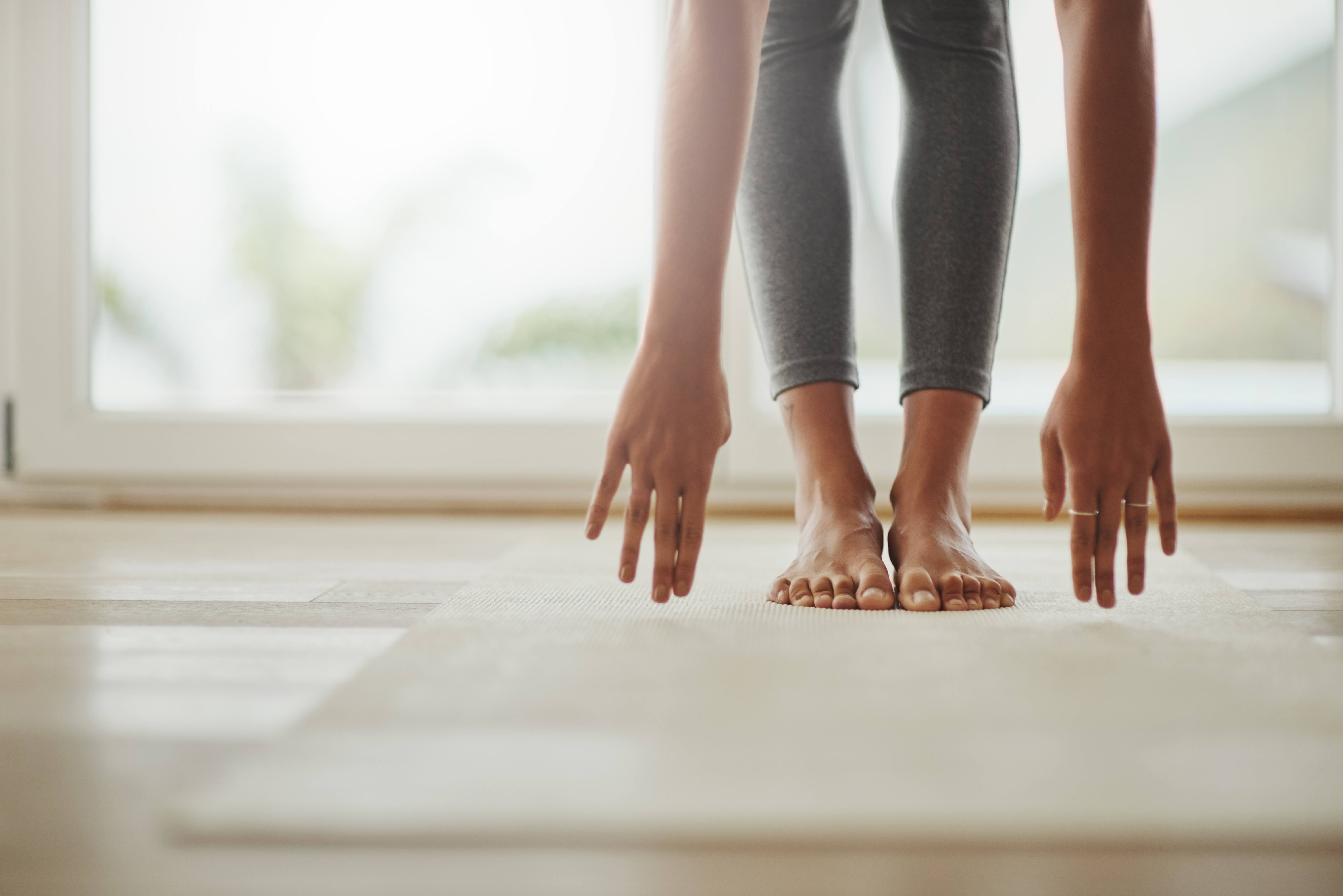
“One of the best ways to look at low intensity strength training is working flexibility and mobility work, so the more that you can improve your range of motion the more you’re setting yourself up for success when you do intense workouts,” says Takacs, who recommends taking a day or two to do a workout in which the main focus is moving your body, a la yoga. “You’re not bringing your heart rate up, there’s no weights involved, but you’re more conscious about your movement patterns and you’re improving your flexibility which is the foundation for any kind of strength training with weights.” Any type of yoga (ideally at room temperature instead of hot) that focuses on breathing and light stretching applies. 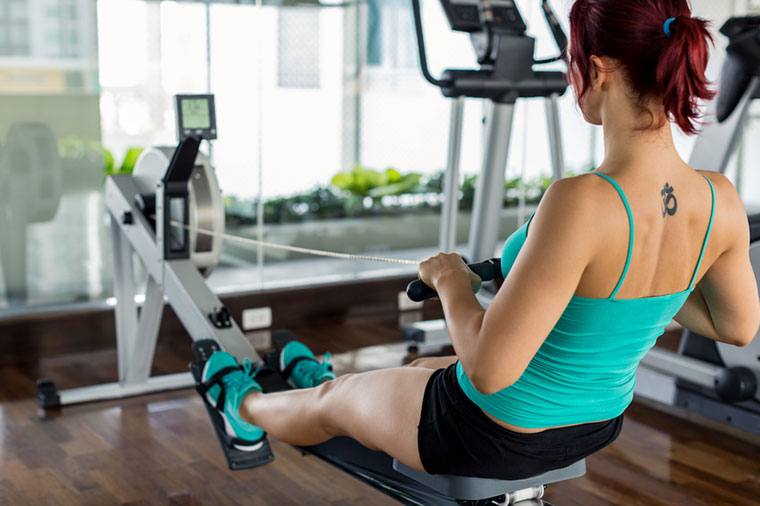
Any workout can be low-intensity so long as you slow it down, and rowing is no exception. Coach yourself through some lower-paced intervals to give yourself a full-body workout and get your heart pumping throughout the process. But make sure to actually keep things at a conversational pace, OK? 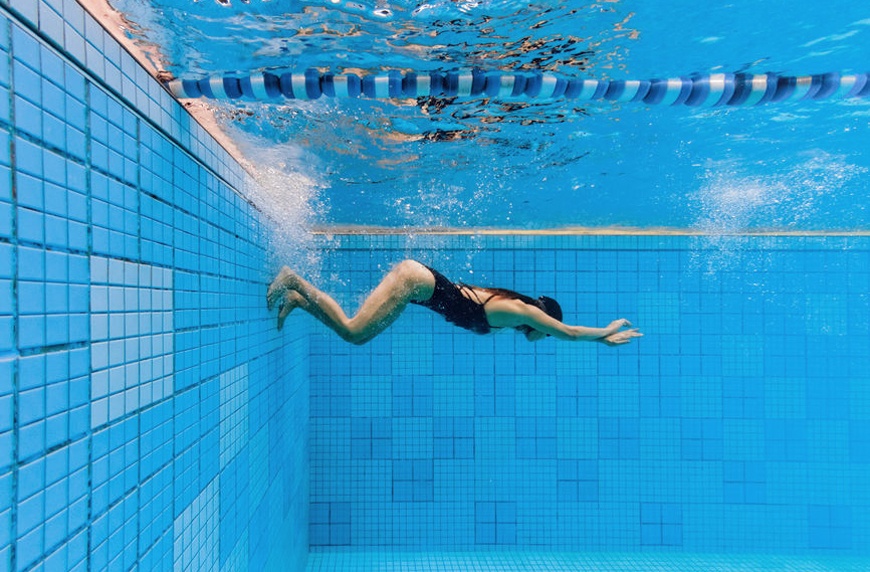
As far as low-intensity workouts go, swimming is one of the best. There are a number of benefits associated with doing your workout in water, including the diminished impact it has on your joints (when compared to, say, pounding your feet on the pavement). “Most things done in the pool will take tons of pressure off of the joints due to buoyancy,” says Judine Saintgerard, a coach at NYC’s Tone House. She suggests swimming laps or doing an aerobics routine underwater for a solid active recovery workout. 
The elliptical may feel like the most ’90s workout you could possibly choose at the gym (aside from this Cher workout video, maybe), but don’t sleep on it as an effective fitness tool. (Here’s why one W+G editor became a super fan.) Just make sure you keep up a steady pace to get your heart to its 65 percent threshold. And if you want to add elliptical training into some of your other gym days? Take a page out of Jennifer Aniston’s book and get yourself sweating in under 20 minutes.
Borden suggests “rebounding” as a way to build some low-intensity cardio into your week (actress Busy Phillips is a fan of trampoline workouts, too). Start with small bounces, and be aware that you don’t have to actually leave the mat for a good workout. “Exert just enough force with your legs so that the bungees lift you back up to the point where your feet are still touching the mat, but not pushing it down,” she writes. 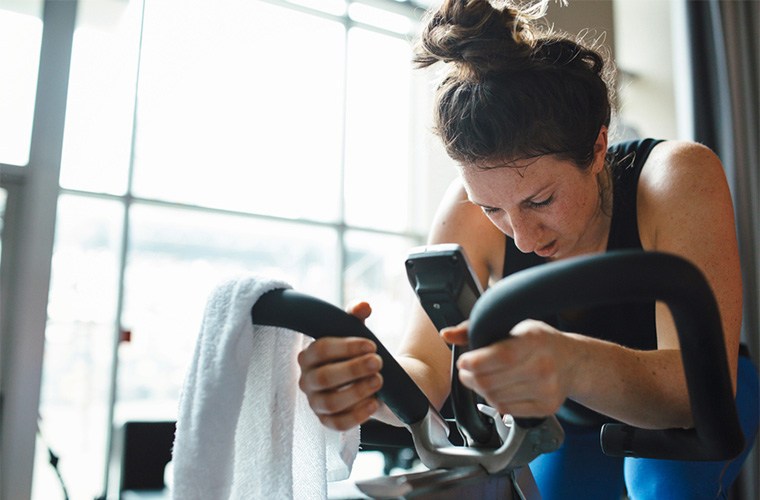
While an all-out spin class is arguably one of the most intense forms of cardio you can get, spending some time doing your own thing on the bike is a great way to get in some easy movement. Plus, it’s one of the few workouts that allows you to multi-task, so if you’re short on time you’ll be able to kill to birds with one stone and get some work or reading done while spinning out your legs. 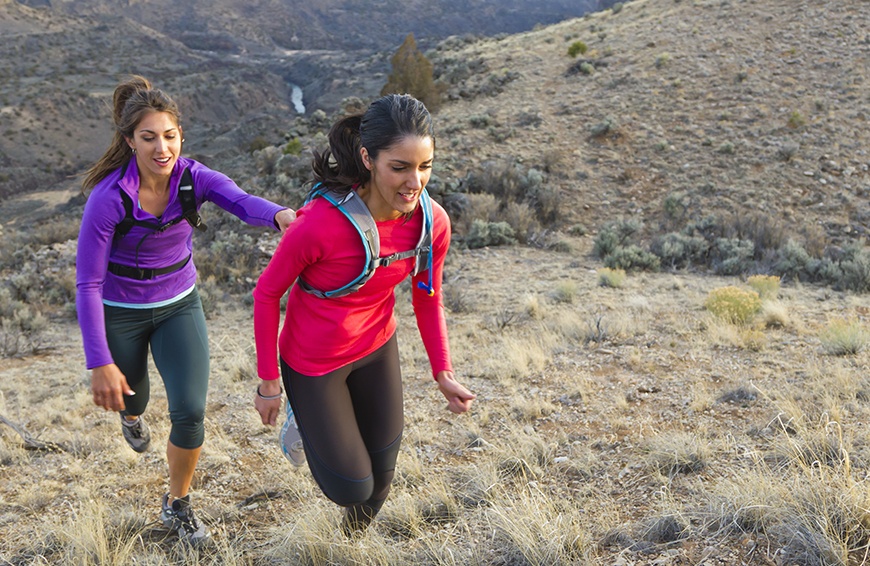
Kick your walking workout up a notch by taking it outside—and uphill. In the warmer months, hiking is a great way to get in a workout that barely feels like you’re working out. Added bonus: Trekking up a mountain is a sneaky way to build muscles in your booty.
